Every year an explosion of algae — fueled mostly by nitrogen from septic tanks — turns the Lagoon Pond a shade of red or rusty brown, depending on the species. The “red tide” may only be visible in the wakes of boats stirring up the water, but it takes a toll on shellfish and other aquatic life.
Oak Bluffs shellfish constable David Grunden believed that this year’s algal bloom, in late spring, may have contributed to the death of several thousand cultured baby quahaugs by consuming oxygen in the already impaired estuary.
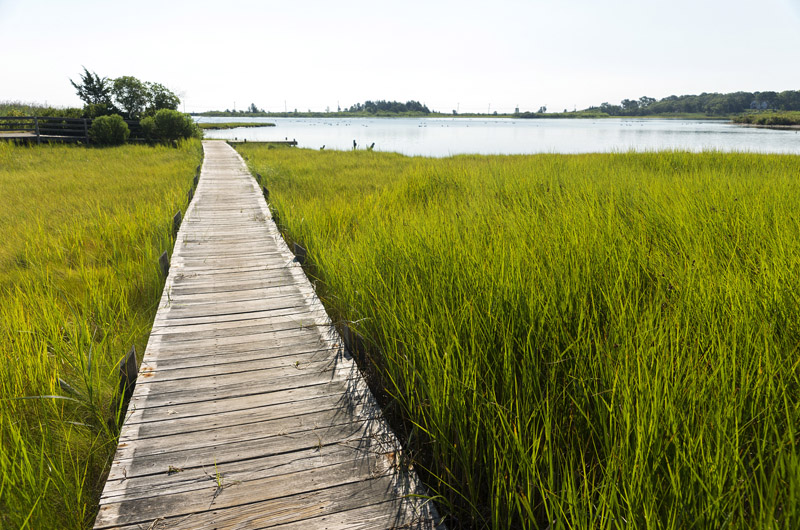
“We’ve had it for the last 10 years,” he said of the annual cycle, thinking back to the beginning of his time as shellfish constable. By then, the effects of nitrogen on the Island’s coastal ponds were well understood. But it had taken decades to arrive at that point. Scientific reports at least since the 1980s had called for better management techniques for the Lagoon and other Island ponds. According to some estimates, shellfish harvests have declined by more than half since the 1970s.
Public interest has finally reached a tipping point, largely in response to the Massachusetts Estuaries Project, a long-term partnership between the state Department of Environmental Protection and the University of Massachusetts at Dartmouth that began in 2002. Detailed reports by the MEP provide nitrogen reduction goals for most of the estuaries in the region.
“There is reason to be concerned,” said Brian Howes, the UMass Dartmouth marine biologist who has led the MEP study. “But there is not reason to be frightened that it’s all going to collapse tomorrow. But that doesn’t mean that you have 20 years either. So things really need to start moving.” In some cases, he said, even creating the needed plans can take five years, with implementation another five or 10 years down the line.
All the saltwater ponds on the Vineyard are impaired to some degree, and each one faces a unique set of conditions. Ponds along the south shore, for example, which are manually opened to the sea during the year, are more sensitive to nitrogen than the north shore ponds, most of which are permanently breached. But areas of dense development along the north shore produce the most nitrogen.
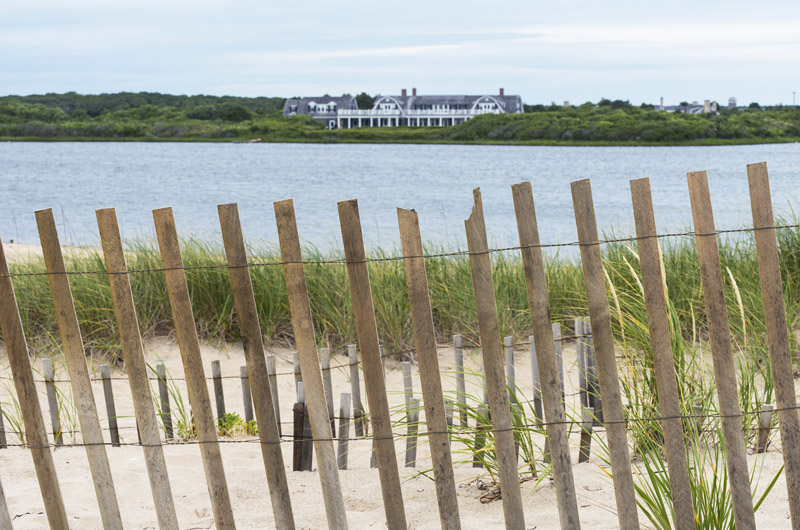
The resulting algal blooms can block out sunlight and consume oxygen, choking out the plants and animals that live in the pond.
“No system on the Island becomes impaired all at once,” Mr. Howes said, providing a quick evaluation of the problem. “You start to see the algal blooms, the loss of benthic communities, the loss of eelgrass. All of those things happen to the inland-most parts first.”
As nitrogen from groundwater and runoff continues to infiltrate the ponds, the impairment spreads toward the ocean. In the Lagoon, most of the remaining eelgrass beds are in the lower portion of the pond, closest to the inlet. Island ponds are in relatively good condition, Mr. Howes said, but will surely worsen over time if nothing is done to reduce the trend.
The rate of development on the Island will determine how much time is left for the ponds. Mr. Howes noted that the Lagoon has already lost significant resources, including bottom-dwelling organisms that support the food chain. According to the MEP, if development around the Lagoon reaches full buildout, nitrogen levels will increase by about 35 per cent, to about 27,000 kilograms per year.
About 18 per cent of the land around Island ponds could still be developed, according the Martha’s Vineyard Commission.
But even if all development on the Island were to stop today, decades worth of nitrogen would still be inching its way through the ground and into the ponds. Groundwater travels at about one to three feet per day, Mr. Grunden said, so nitrogen loads may increase before the ponds get better.
In some respects, Islanders could consider themselves lucky. Widespread development has already devastated most of the 45 estuaries on Cape Cod, where fish kills are often reported during algal blooms in the summer. In some places, hundreds of dead fish have floated to the surface, unable to escape the oxygen-depleted waters.
More restrictive zoning laws and decades of land preservation have helped save the Island’s 15 major estuaries and a dozen or so smaller ponds from the same fate. But as nitrogen continues to seep into the groundwater and eventually into the ponds, several warning signs have emerged. Perhaps the clearest is the widespread loss of eelgrass, which provides food and habitat for pond organisms and helps maintain healthy ecosystems. Eelgrass has declined in many Island ponds, especially those on the south shore, which are closed for much of the year. As eelgrass disappears, so do the scallops and other animals it supports.
All of the eelgrass on the Cape has disappeared, Mr. Howes said.
Higher nitrogen levels have also opened the door to plants and animals often considered a nuisance. The invasive wetland grass phragmites, for example, is thought to thrive in nitrogen-rich environments, and like all plants and animals, consumes oxygen when it decomposes.
An overabundance of plants in general can alter the drainage capacity of wetlands, as it has around Sunset Lake in Oak Bluffs, another densely populated area on the north side of the Vineyard.
Meanwhile, algal blooms have forced smaller fish to retreat to areas with more oxygen, leaving more food for jellyfish, which can thrive in low-oxygen waters. One common species is the native lion’s mane, which can grow up to 100 feet long, and delivers a painful sting. “You see them all over the Island,” Mr. Grunden said.
Nitrogen is a growing concern everywhere, said Bret Stearns, director of natural resources for the Wampanoag Tribe of Gay Head (Aquinnah). But the concern is greatest for ponds that circulate more slowly. Menemsha Pond in Aquinnah is in relatively good condition, he said, since it is open to Vineyard Sound. But Squibnocket Pond, just to the south, has no direct inlet to the sea and is more vulnerable. “Is it ‘impacted?’ That’s a long discussion,” Mr. Stearns said. “It’s still doing what it needs to do, it’s just the nitrogen numbers are higher.”
He added that groundwater is just one source of nitrogen, albeit the largest. Other sources include fertilizer runoff, atmospheric deposition and to some degree the ocean itself. “As these numbers grow globally we are going to have problems that we really can’t control locally,” Mr. Stearns said. Nitrogen pollution has already spread to Nantucket Sound, which makes pond flushing in many of the Cape estuaries less effective.
“The biggest thing the Vineyard has going for it is that its estuaries, a lot of them are still in pretty good shape,” Mr. Howes said. “They are impaired, yes, but the offshore waters are very clean.”
He partly credited the Vineyard’s zoning laws, adopted in the 1970s, which have discouraged high-density development. “Those types of forward-thinking decisions that were put in place are very helpful for the Vineyard,” he said. “But it’s too late for other regions of the commonwealth to do that.”
But while the Cape is suffering from the greater impacts of development, it is years ahead of the Vineyard in terms of addressing the problem. The Cape Cod Commission, a planning and regulatory body modeled after the MVC, has developed a regional watershed management plan with dozens of possible strategies for limiting nitrogen inputs and removing nitrogen from the estuaries.
“There are great things that we’re doing here on the Cape and mainland that are easily transferable to the Island,” said Tom Cambareri, the commission’s watershed management director.
While sewering will almost certainly be part of the mix, the Cape is also exploring alternatives such as aquaculture and floating constructed wetlands, which are known to attenuate nitrogen. Starting with those alternatives could lower the cost of sewering in the future, Mr. Cambareri said.
Mr. Howes estimated that meeting the nitrogen thresholds for all of the ponds on the Cape and Islands would cost between $4 billion and $8 billion, depending on the solutions. If sewering were the only solution, he said, the figure would be much higher.
The solutions for the Vineyard are still undefined, and several ponds have yet to be studied by the MEP. But the MVC’s comprehensive Island Plan in 2009 estimated that it would cost $142 million to deal with existing nitrogen in Island ponds, and $230 million to deal with possible additional development in the future.
Looking again toward the Cape, Mr. Howes stressed the importance of public support in the planning process. “You really have to get everybody on board first, and that takes a little bit of time,” he said. He believed that most towns on the Vineyard were on board, but were worried about the cost.
Each town will determine what solutions to pursue, he said. But collaboration will be key, since many watersheds cross town boundaries. A single sewer system in the Lagoon Pond watershed in Oak Bluffs and Tisbury, for example, could be cheaper and more efficient than two separate systems.
As the alternatives become clearer, town officials on the Vineyard will likely focus more on public outreach and education. “It’s something that we are planning and talking about,” said Gail Barmakian, an Oak Bluffs selectman and member of both the Lagoon Pond Association and a new Tisbury-Oak Bluffs watershed planning committee. Some people may not be aware of the alternatives to sewering, she added, or that sewering in low-density areas could be cost-prohibitive.
“I think that people are aware that nitrogen is the issue,” Mr. Grunden said, noting a unanimous town meeting vote in Oak Bluffs this year to contribute $250,000 toward the installation of two culverts in Farm Pond. (The town has also received a $1 million federal grant for the project.) But sewering may be a more fraught proposal.
“Even myself, I’m reluctant to say: Let’s spend X-millions of dollars to do it,” Mr. Grunden said, “And it’s why we’ve been trying to look so hard at alternatives.”
This is the third in a series. See Coastal Ponds Under Pressure, a special report online at vineyardgazette.com.

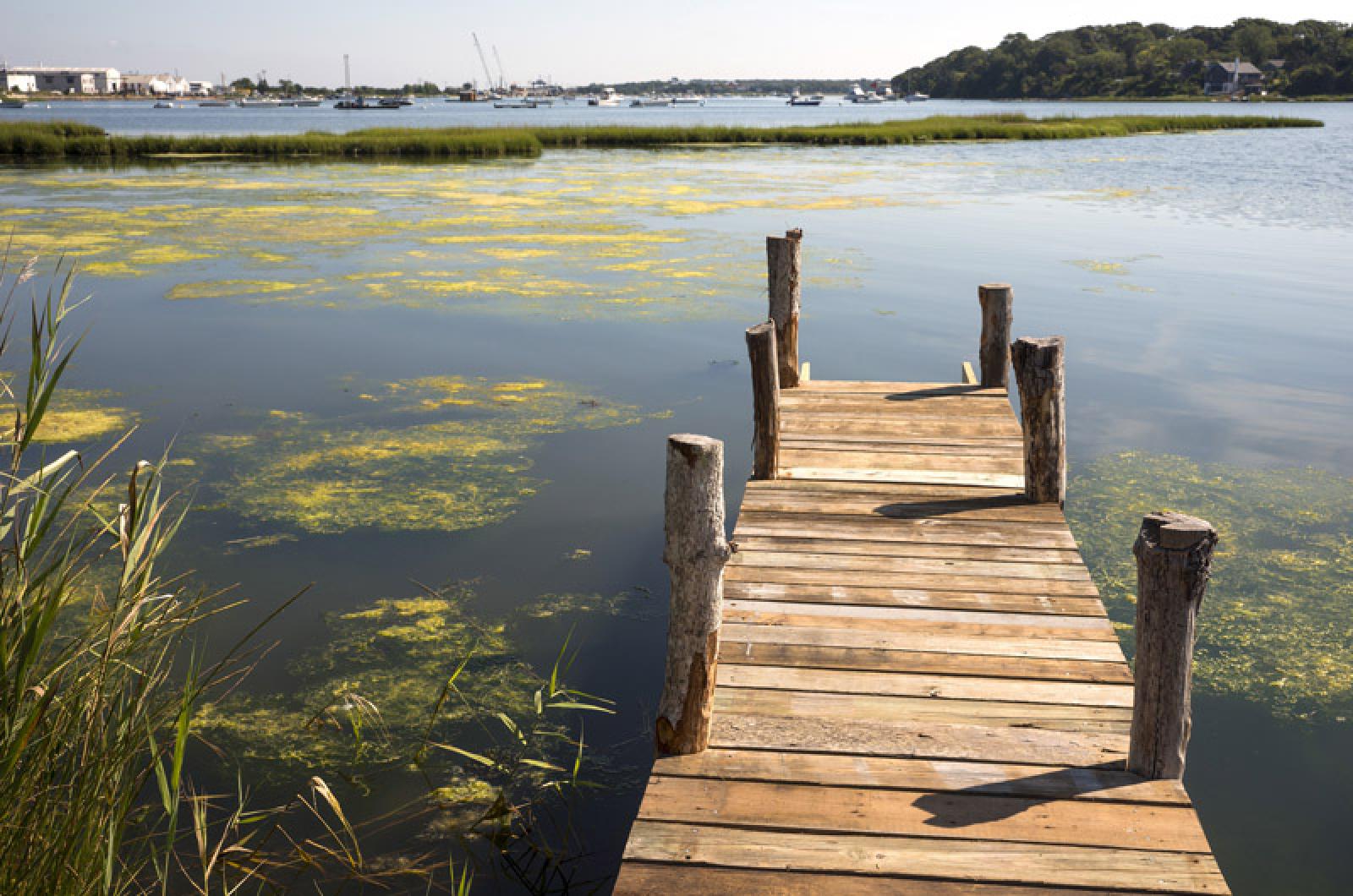
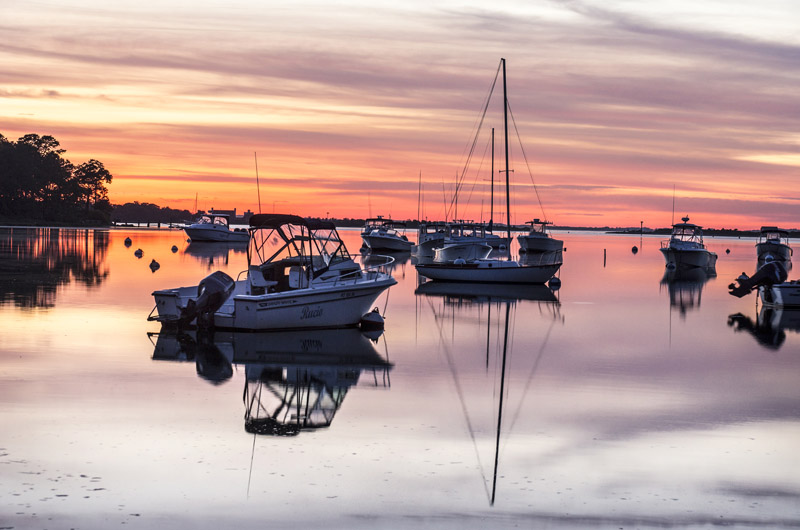
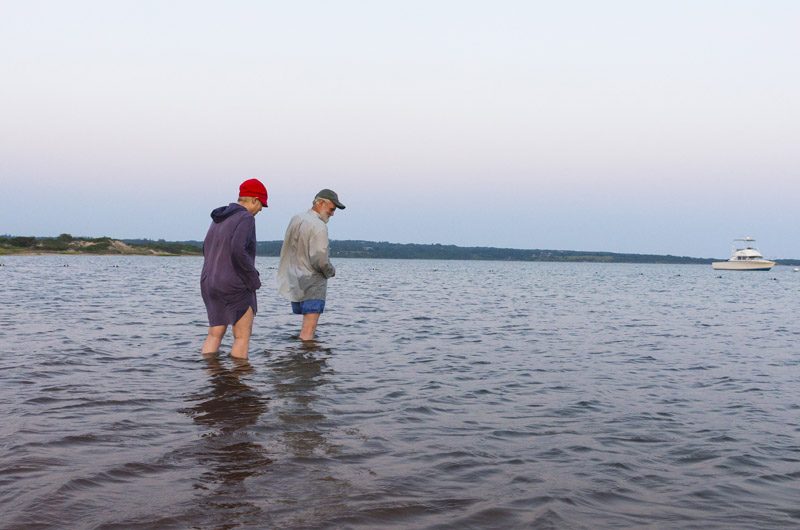
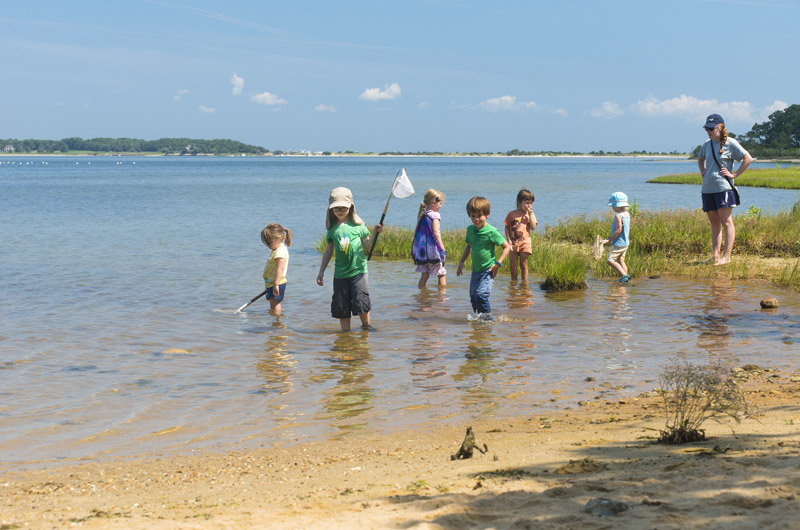
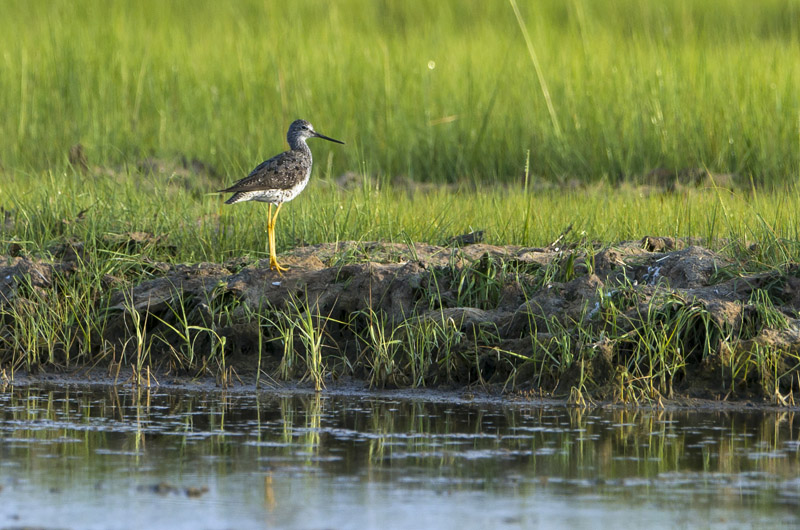




Comments (15)
Comments
Comment policy »